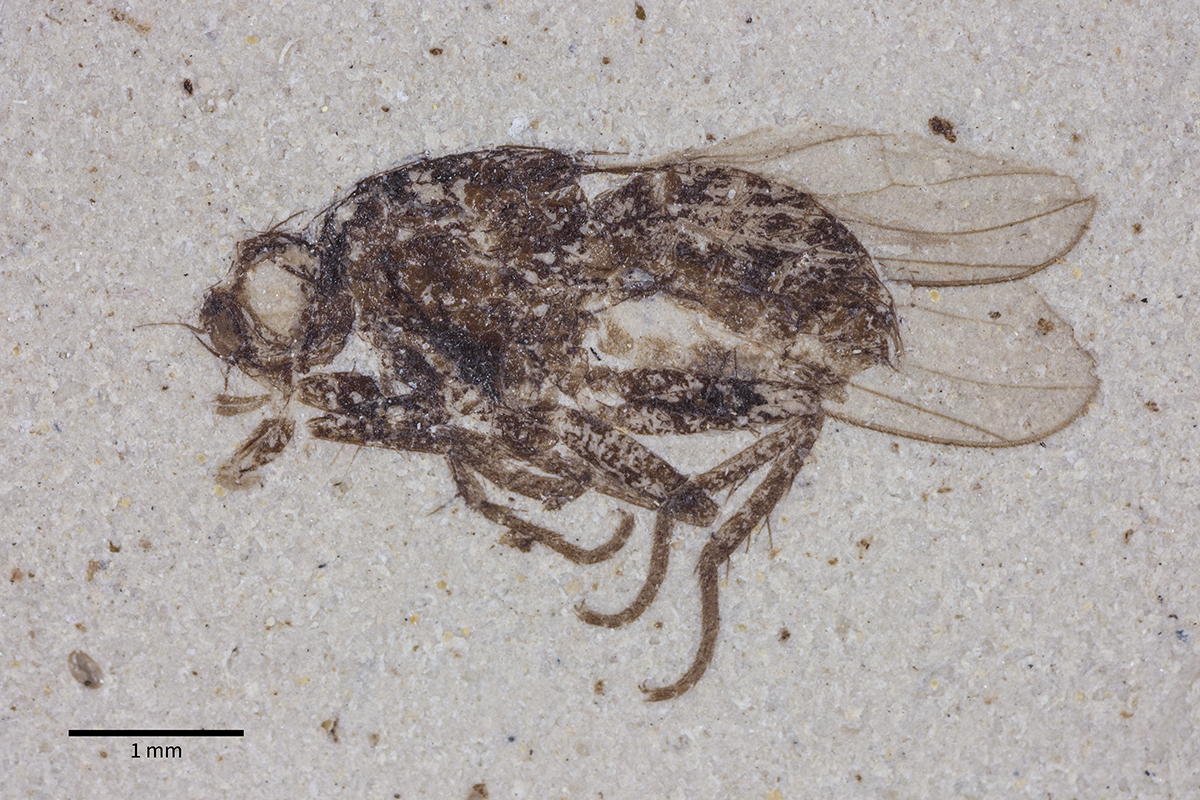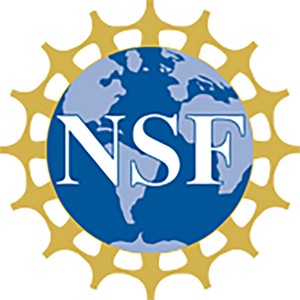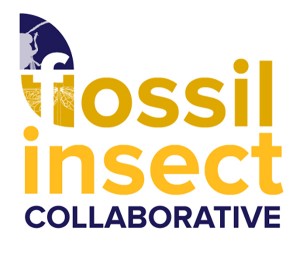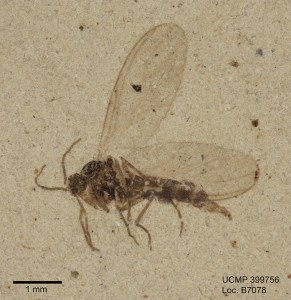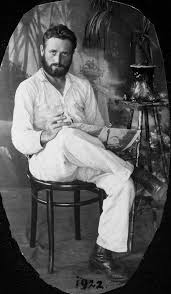Hiep Nguyen’s UCMP undergraduate research experience: “Scentless in Nevada”
I have been working this past year on making ‘sense” out of a fossil “scentless” plant bug from the middle Miocene Stewart Valley locality in west-central Nevada. Together with Senior Museum Scientist Diane M. Erwin we have identified a new fossil species of scentless plant bug (family Rhopalidae) from a Miocene lake bed deposit in Stewart Valley, Nevada. The study developed as a result of my participation as an Undergraduate Research Apprentice (URAP) in UC Berkeley’s fossil insect digitization PEN project (BFIP) funded by the National Science Foundation. The BFIP project is part of the Fossil Insect Collaborative Thematic Collections Network, a group of seven institutions that house our nation’s largest fossil insect collections. Their charge is to database and image these collections for public access online through the iDigBio and iDigPaleo web portals.
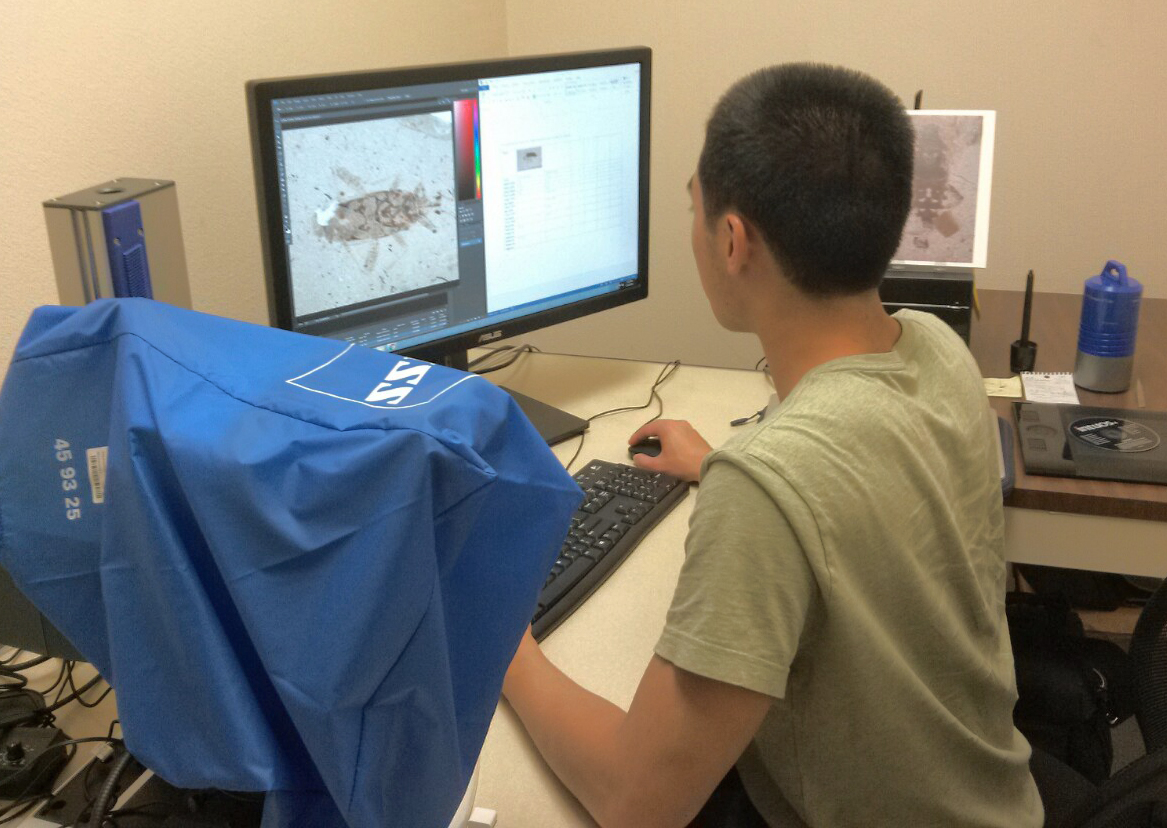
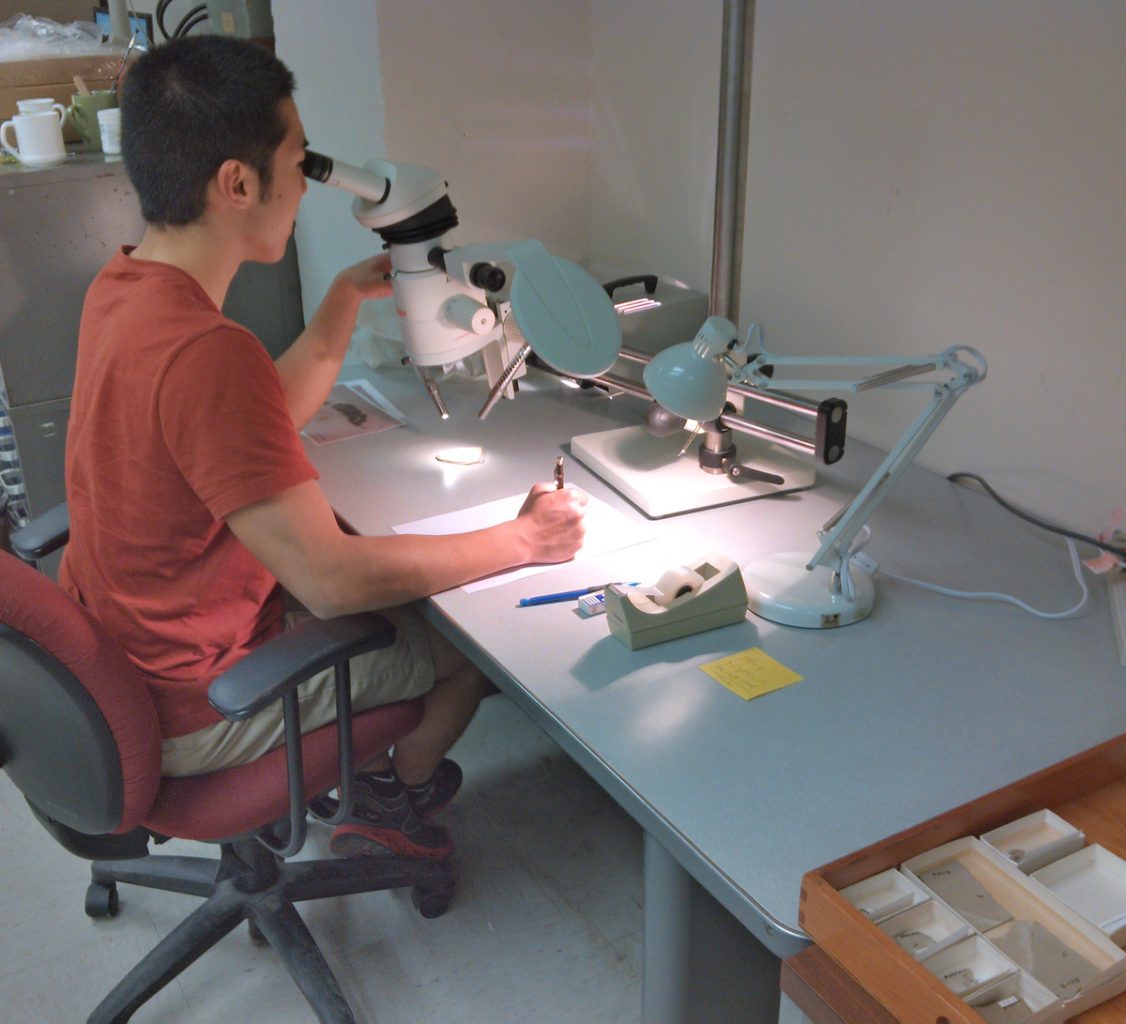
The Stewart Valley rhopalid is brown-bodied, 6.5-7.5 mm long from head to the tip of the abdomen, has numerous dark spots covering the legs, and the femur of its two back legs is noticeably wider than the others, but shows no evidence of spines. The feature that stands out most however is the striking set of dorsal markings on the insect’s abdomen. In the pictures below, you will notice a figure-8 shaped crest accompanied by four similarly-sized semicircular spots beneath it.
Diane and I worked through a long process of examining species sharing similar characteristics to our specimens. We collaborated with the Essig Museum of Entomology to examine modern counterparts to our fossil and were able to narrow the family down to the Rhopalidae. We then consulted the published literature on rhopalids and used the combination of abdominal markings and other characters to differentiate between species within Rhopalidae. What we found was that the fossil shares a number of its characters with species in several genera, but is closest to those in the subfamily Rhopalinae, tribe Rhopalini. Of especial note is the fossil’s abdominal markings, which are very reminiscent of those on the purported introduced European species, Brachycarenus tigrinus.
I wrapped up my URAP with a poster presentation for the 2016 Geological Society of America meeting held in Denver, CO detailing our findings about this newly discovered fossil insect and its evolutionary, biogeographic and paleoenvironmental implications as well as a first draft of a paper to be published on these results. The Nevada landscape of today with its miles of treeless expanse, dry lakebeds (playas), hot summers and cold winters was quite the opposite during the Miocene. Unlike today, Stewart Valley boasted an abundance of rain. A lush forest of dicotyledonous trees and nearby grasslands sporting an array of herbaceous plants surrounded a large lake teeming with aquatic life, its waters sustaining a diverse vertebrate fauna. Indeed 14.5 million years ago the Stewart Valley was an ideal habitat for scentless plant bugs to thrive and diversify.
